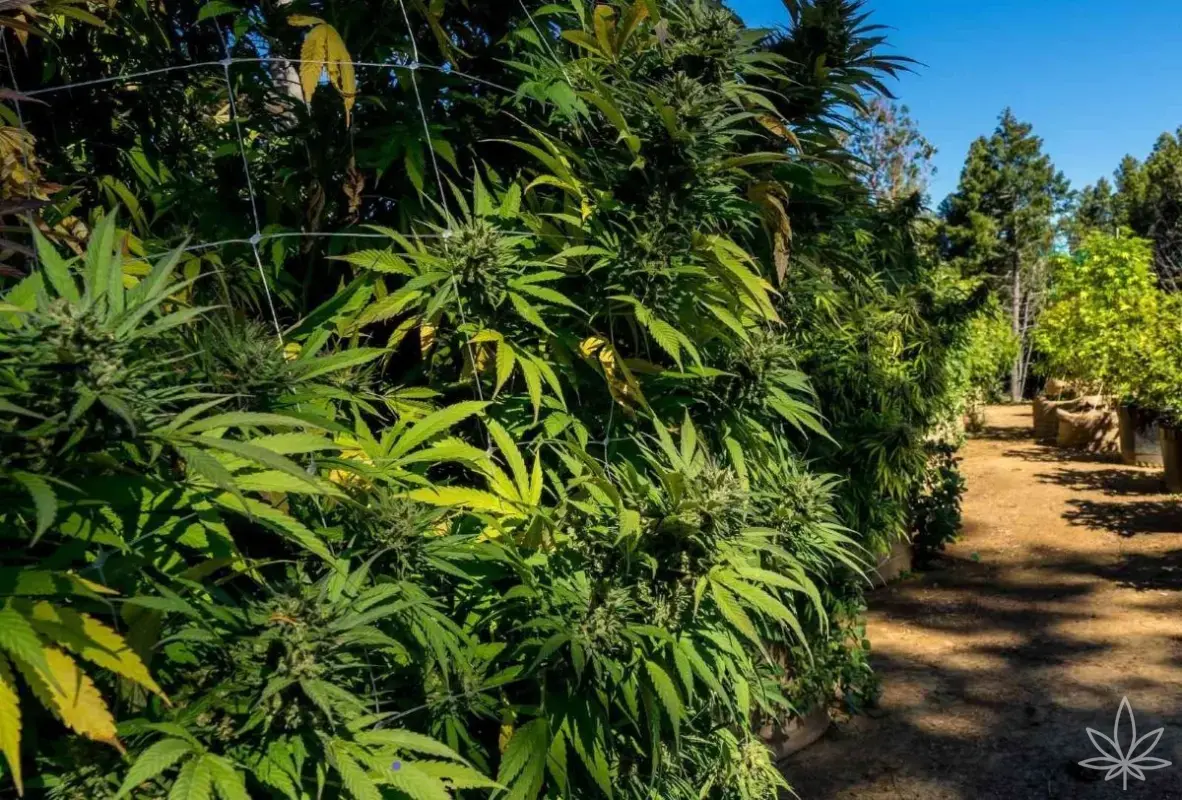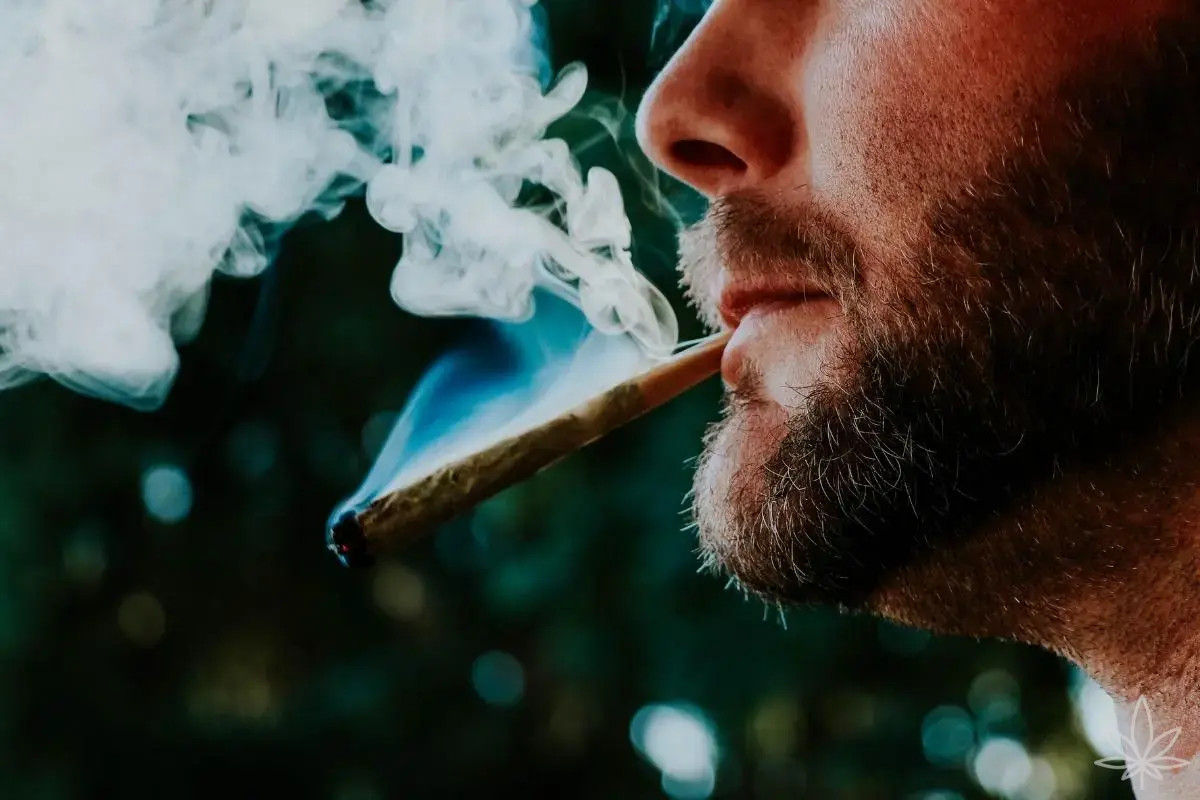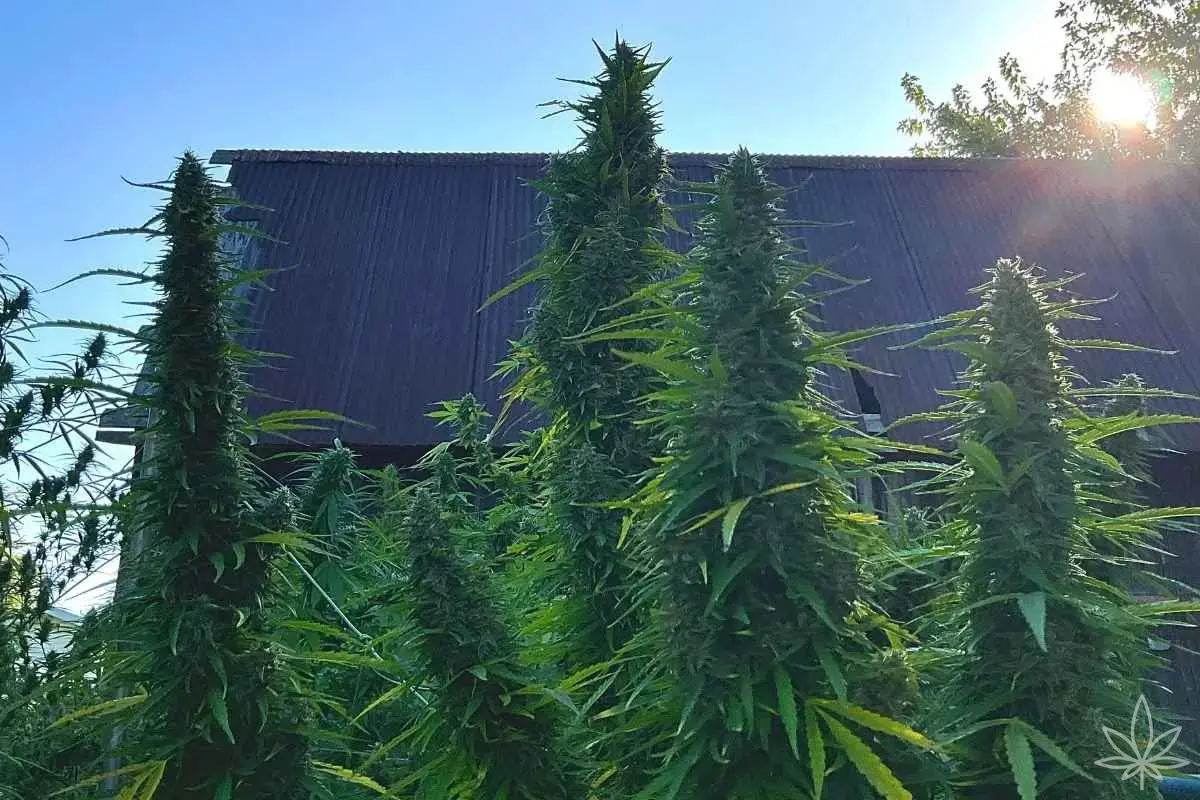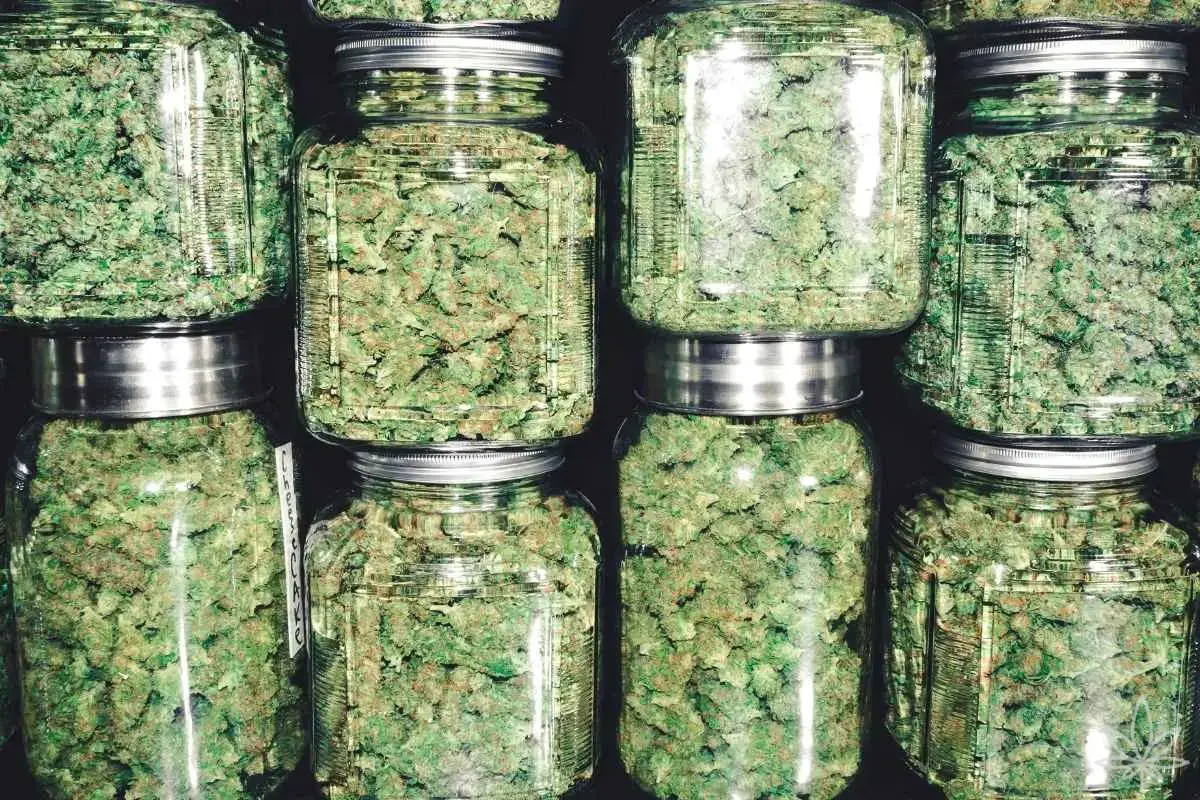Indoor growers have a luxury – light, climate, and air all under control. Outdoors, things look very different. Outdoor growing is a game with nature: changing weather, humidity, autumn chills, and the risk of frost. That’s why the question “when to harvest outdoor?” is one of the most important for every grower who steps outside the grow tent.
And here, you can’t just look at the calendar. The catalog’s “8–10 weeks of flowering” is a starting point, not the answer. Outdoor growing follows its own rules, and the key lies in observations – trichomes, pistil color, aroma, and yes… weather forecasts.
Trichomes – your loupe is the best tool
The most reliable indicator of readiness is the trichomes – those tiny mushroom-shaped crystals covering the buds. Inside them lie THC, CBD, and all the rest of the goodies.
- Clear trichomes – the plant is still maturing, the high would be light, quick, often “underbaked.”
- Milky (white) trichomes – buds are at their peak potency. This is the moment of highest THC content, the effect is energetic and strong.
- Amber trichomes – some THC is breaking down into CBN. The high turns more couch-lock, relaxing.
The sweet spot? Usually when about 70% of trichomes are milky and 20–30% amber. It’s worth investing in a jeweler’s loupe ×60 or a cheap digital microscope (around 20–30 EUR). This tool pays itself back very quickly.
Weather – your biggest ally and enemy
Outdoor growers know autumn can be harsh. Harvests usually come in September–October, which means rain, fog, and cold nights.
- Prolonged rain brings a high risk of mold (Botrytis). If the forecast shows a week of showers and your trichomes are already close to optimum – better harvest early than lose half the crop.
- Winds and storms can snap branches, especially on heavy indicas. Tie them down or support them if bad weather is coming.
- Humidity over 70% near harvest time is a red flag. Better to cut a little early than get caught by gray mold.
Temperatures – when is it too cold?
Cannabis loves warmth. Below 10°C at night plants start to suffer, metabolism slows down, and leaves may turn purple or red (not always bad – often quite beautiful).
But repeated frosts = disaster. Cells inside the buds burst, THC degrades, and flavor takes a hit. So if local forecasts show the first frost, and your buds are already at 80% maturity – harvest without hesitation.
Pistils and aroma – extra hints
- Pistils: when most of them (about 70–90%) have turned from white to brown/orange and start curling in – that’s a clear sign the plant is near the finish line.
- Aroma: ripe buds smell stronger and “heavier.” The scent shifts from floral to more “mature,” earthy, sometimes fruity.
A practical scenario – how it looks in the field
Let’s say you have outdoor Amnesia Haze, which according to the catalog finishes mid-October.
- Early October: trichomes are 80% milky, 10% amber, aroma is intense.
- Forecast: week of rain, humidity 80%, nights 6–8°C.
Waiting for the “perfect 20% amber” could mean ending up with a moldy field. In this case, an experienced grower harvests earlier – better to have a slightly more energetic high than no crop at all.
Conclusion
Outdoor harvesting is a balance between biology and weather. In theory, we look at trichomes and pistils, but in practice, it’s the weather forecast that often decides the harvest day.
Key rules:
- Watch trichomes – they’re your compass.
- Check forecasts – weather can change everything.
- Don’t be afraid to harvest a little early if rain or frost is coming.
Outdoor teaches patience and humility – but it also rewards you with natural, sun-ripened buds. And that moment, cutting down your plants in crisp autumn air filled with resin and leaf aroma – is an experience no grow tent can replace.







